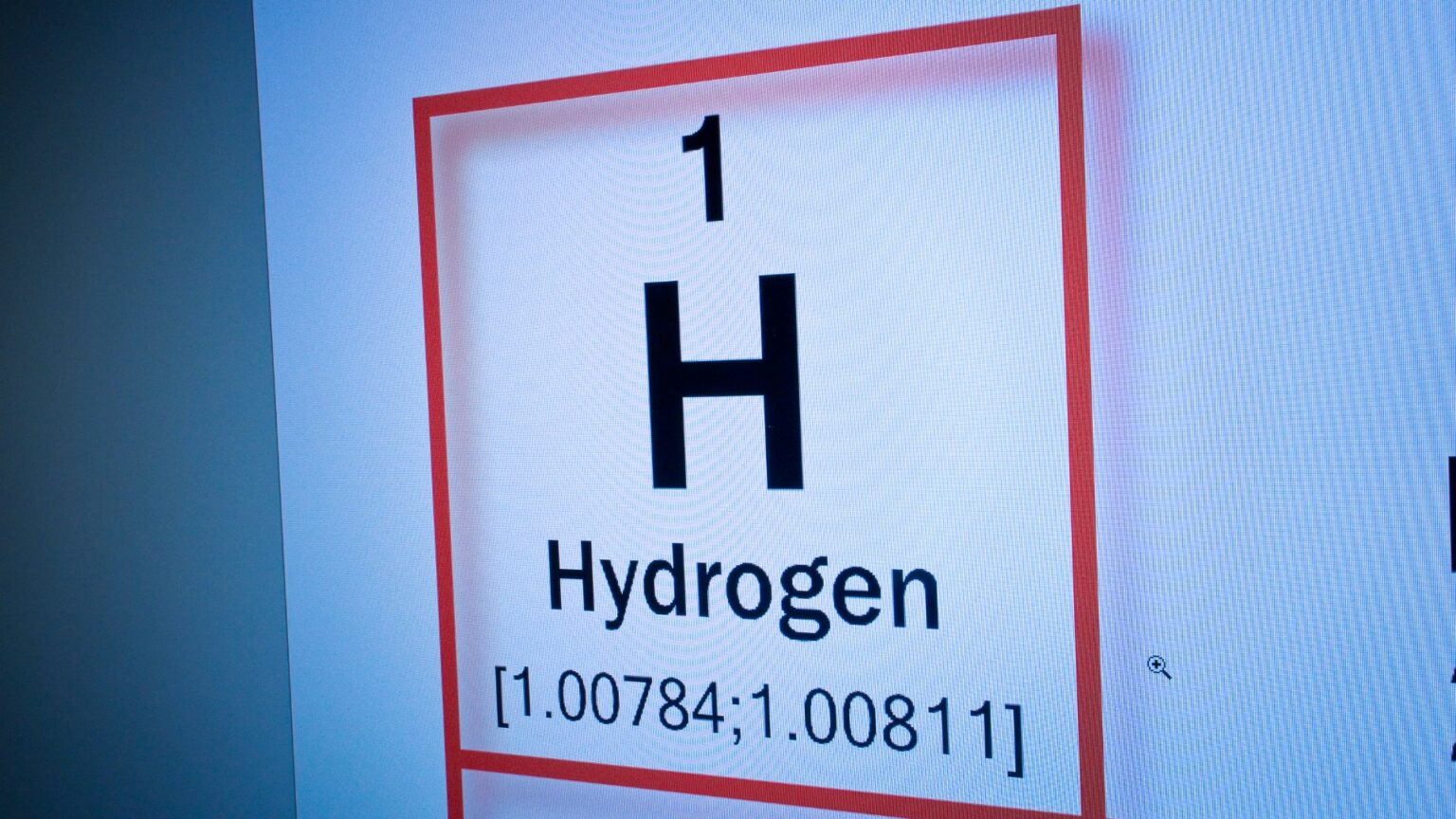Sarawak, a Malaysian state, is set to emerge as a major producer of green hydrogen, primarily destined for the Japanese market. The agreement, involving Sarawak Economic Development Corp (SEDC), its subsidiary SEDC Energy, Japan’s Eneos, and Sumitomo Corp, marks a strategic alliance for the ambitious H2ornbill project within the Sarawak H2 Hub framework in Bintulu.
The H2ornbill project, steered by SEDC, envisions establishing a robust and environmentally sustainable clean hydrogen supply chain. The tripartite agreement outlines a comprehensive strategy to generate approximately 90,000 tonnes per annum of clean hydrogen, earmarking 2,000 tonnes for local consumption in Sarawak and the remaining bulk for export to the Japanese market.
The strategic location of Bintulu was chosen due to its existing petrochemical industrial complex, leveraging current facilities for methylcyclohexane production, facilitating the transportation of hydrogen to Japan.
SEDC Energy will play a pivotal role in overseeing the technical aspects of hydrogen production, focusing on integrating and optimizing the energy procurement process for efficient project execution. Eneos will provide technical support for production and contribute proprietary technology for sea transport of hydrogen at room temperature. Sumitomo will evaluate project feasibility and financing.
The goal is to stat clean hydrogen production by 2030, with all parties entering the front-end engineering design (Feed) phase.
One of the driving forces behind Eneos and Sumitomo’s participation is Sarawak’s hydro-powered grid system, which promises cleaner hydrogen production without emitting carbon dioxide. The availability of hydroelectric power aligns with Malaysia’s New Energy Transition Roadmap and Sarawak’s Hydrogen Economy Roadmap, both aimed at advancing Sarawak to a developed state by 2030.
This collaborative effort between SEDC, Eneos, and Sumitomo aligns with Malaysia’s clean energy aspirations and is acknowledged within the national policy framework. The goal is not only to produce green hydrogen but also to create new hydrogen-based industries, including the manufacturing of electrolysers, fuel cells, and fostering the green chemical industry.
The H2ornbill and another project named H2biscus, in collaboration with South Korean multinationals, are pivotal for Sarawak’s green hydrogen economy. The final investment decision for both projects is anticipated in the coming years, with the potential to produce up to 238,000 tonnes of green hydrogen per annum. Sarawak Premier Tan Sri Abang Johari Tun Openg estimates an additional RM2.4 billion to Sarawak’s GDP by 2030, emphasizing the transformative economic impact.
SEDC Energy is not only limiting its green initiatives to hydrogen production. The company is developing a hydrogen production plant and refuelling station to support the Kuching Urban Transportation System (Kuts). Kuts, a hydrogen-power autonomous rapid transit system, is poised to revolutionize urban transportation, with the first phase expected to be introduced in stages from the fourth quarter of 2025.
